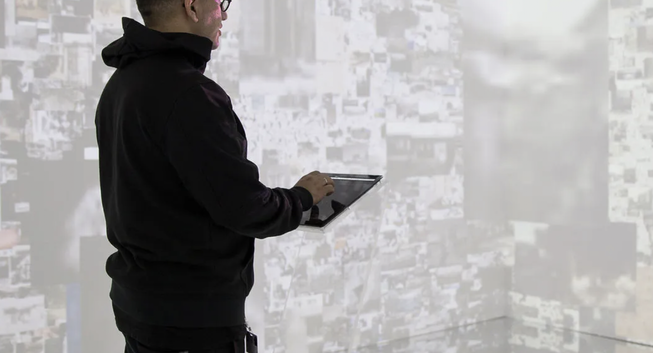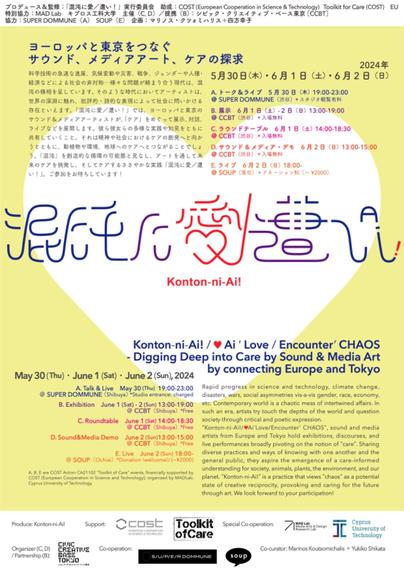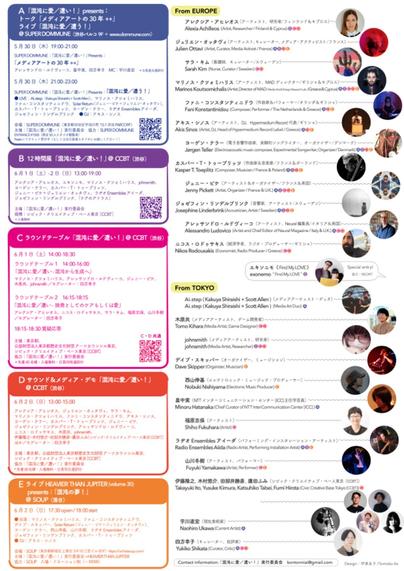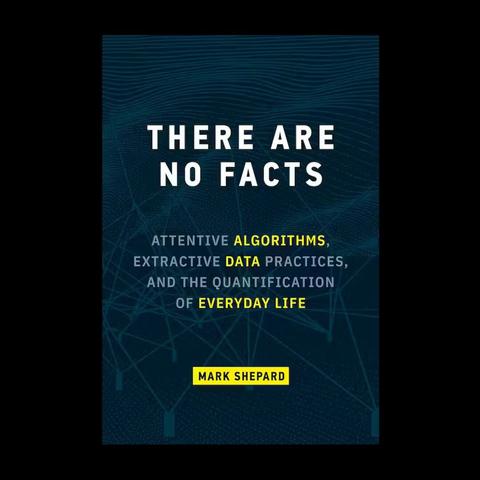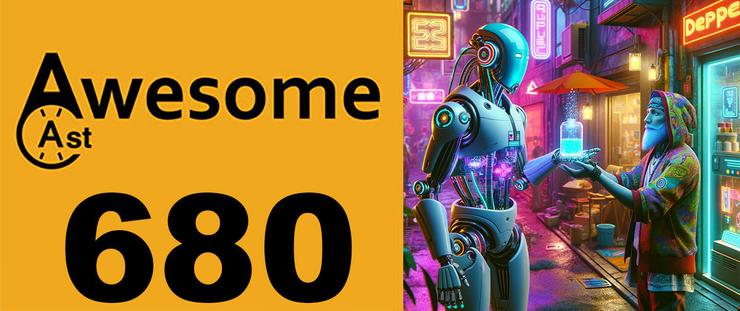We need to talk about Fiji
It’s 1995. A momentous event is about to rock the lives of the inhabitants of the island of Fiji, in the South Pacific: the arrival of television.
The island has enjoyed the convenience of electricity for only 10 years up to that point. And in the mid 1990s, it is one of the last so-called “media naive” societies in the world.
Things are about to change. Dramatically so.
Why am I turning my attention to Fiji and the profound changes brought by the arrival of television? Because what happened in Fiji – the speed of change and (spoiler alert!) the worsening of mental and physical well being of its inhabitants – is disturbing. It is the quintessential example of the tremendous influence and impact of media on people’s lives.
Let’s frame the story of Fiji through the lens of our present world. Because in hundreds of countries around the world, the arrival of smartphones and social media platforms brought cataclysmic changes – just like in Fiji in 1995.
Let’s think about Fiji first. And then let’s turn our attention to the present world – especially the lives of teenage girls.
The Fiji Study: Mass Media and Beauty Ideals
Dr. Anne Becker, a researcher from Harvard University, has been conducting groundbreaking studies about the body image of Fijians since the early 1980s.
When she first arrives on the island, in 1981, she is struck by how, traditionally, the ultimate beauty ideal in Fiji – for both men and women – is to have a robust body. Being thin is seen as a negative attribute – something to be avoided at all costs.
I interviewed Dr. Becker for my documentary The Illusionists but the footage ended up on the cutting room floor – I couldn’t find a way to organically include her testimony in the film, as I felt she deserved her own documentary. I am now resurfacing the transcripts from our interview for this story.
Dr. Becker:
So for women and men there was definitely an overarching theme that characterized beauty across both genders in Fiji. There was an appreciation of a robust body size. So people would refer to a woman, or a man, or a child as being chumubina which meant robust and having grown very well. And that really connoted a strength to work in physical labor, which is of course demanded in the village. Most of the villagers are farmers they have plantations which they farm every day, and it’s grueling work. It’s very hard work and in order to do it you need to be strong.
Television arrives on the island of Fiji in 1995. Initially, there is only one TV channel that broadcasts shows from 4pm until 11pm. Aside from one locally produced program about current affairs, all the other shows come from abroad: Beverly Hills 90210, Melrose Place, ER and Seinfeld.
Fast-forward to 1998: Dr. Becker returns to the island just three years after the arrival of television and finds that traditional values and aspirations have been completely upended.
The island’s beauty icon is now Heather Locklear.
Teenage girls suddenly aspire to be thin – and many of them develop eating disorders.
Dr Becker:
Probably eating disorders were non-existent or very rare in Fiji prior to the introduction of television. When we did our study between 1995 and 1998 our study found about 11 percent of girls admitted to having purged to lose weight – which really stunned me actually. It didn’t just surprise me, it stunned me. That to me was very similar to what I would expect to see in a secondary school in Massachusetts. We did go back in 2007 and the prevalence of numbers had gotten so high that it was beyond what I would see here in the United States, and it really struck me as that there was this epidemic of symptoms. That was a quiet epidemic… nobody was talking about this. We looked at how frequently the girls themselves viewed TV. We looked at how frequently their parents viewed TV. And of their five best friends how many of them have a TV in their home? And I had this nagging feeling, if this is a direct exposure of TV on body image and behaviors that lead to dieting. If you look at all the scientific literature on the relation of television to eating pathology or body dissatisfaction, in aggregate there’s a undeniable relationship.
The Present-Day Parallel: Social Media, Unattainable Beauty Ideals and Anxiety
Fast-forward to the present day: from Los Angeles passing through London, Mumbai and Sydney, Australia, most teenagers own smartphones and spend up to 7 hours a day consuming digital content. Numerous studies have shown a teen mental illness epidemic, starting around 2012.
Whereas watching television is a passive endeavor, smartphones and social platforms are fully interactive. Algorithms learn about what interests us (via clicks and pauses over the screen) and keep serving us content that will keep us hooked. Paraphrasing the words of Tristan Harris, co-founder of the Center for Humane Technology, there are now thousands of people behind the screen, whose job is to keep us connected and scrolling for as long as possible.
In September 2021 Frances Haugen, a former Facebook employee turned whistleblower, made headlines by leaking internal documents that shed light on how Facebook (now Meta Platforms, Inc.) prioritized user engagement and profit over user well-being.
A Wall Street Journal report – a series called “The Facebook Files” – featured internal documents that showed an awareness by Facebook/Meta that their platform Instagram was “toxic” for teenage girls.
The article is now behind a paywall, but according to this summary by CNBC:
The Journal cited Facebook studies over the past three years that examined how Instagram affects its young user base, with teenage girls being most notably harmed. One internal Facebook presentation said that among teens who reported suicidal thoughts, 13% of British users and 6% of American users traced the issue to Instagram.
“Thirty-two percent of teen girls said that when they felt bad about their bodies, Instagram made them feel worse,” the researchers reportedly wrote. Facebook also reportedly found that 14% of boys in the U.S. said Instagram made them feel worse about themselves.
Haugen’s disclosures indicated that Facebook’s algorithms were designed to prioritize content that garnered more user engagement. The whistleblower’s revelations briefly sparked discussions about the need for increased transparency, regulation, and responsible content promotion on social media platforms – in order to mitigate the adverse effects on users’ mental health and body image.
And yet.
Today, two YEARS later, not much has changed. We are still witnessing lots of resistance establishing a link between the rise of anxiety and depression and screen time (especially time spent on social media).
The Fiji study was a symbol of the immense power of media and media representation.
The negative effects happening today due to unbridled smartphone and social media use go much further. Today we are constantly exposed to unattainable body ideals AND unattainable life ideals. The pressure to be good looking, in a good job, in a good relationship offline – and to constantly share and be seen online. Younger generations feel this pressures more intensely, as they have “grown up online.”
New York Times: Being 13
I invite you to read Jessica Bennett’s superb piece “Being 13” in the New York Times, which followed several 13 year old girls over the span of a year.
An excerpt:
The long-term effects of social media on the teenage brain have not yet been defined, much less proven — which isn’t to say it’s all bad. But adolescent girls have long struggled with depression and anxiety at disproportionate rates compared with their male peers, a reality that metastasized during the pandemic.
What is known is that at age 13, a person is still more than a decade away from having a fully developed prefrontal cortex, the part of the brain responsible for decision-making and impulse control. In other words, adolescents are moving into this messy digital world at a time when they desire social attention most — and are not yet wired for restraint. “It’s all gas pedal and no brakes,” said Mitch Prinstein, the chief science officer of the American Psychological Association, who testified before the Senate on the subject earlier this year.
For adults, it’s become common to name the things that make women more likely to face burnout and stress. Many of us talk about this “mental load.” But girls have a mental load, too — in facing the age-old pressure to be good enough, pretty enough, kind enough, popular enough, but now on multiple platforms, too.
I found the article illuminating – the girls featured in it and their parents were thoughtful and mature beyond their years. The comment section also provided a lot of food for thought. I saved the most compelling comments I came across – much in line with the ethos of The Realists. I would like to share them with you here, as they are powerful testimonies of a world that has completely changed in the span of only two decades:
Pandora’s Box
From Natalie in Florida (emphasis mine):
As the mom of a 13 year old, I’d say these examples over-represent tech-involved/concerned parents. At least half of my daughter’s friends have been handed a smart phone with no limits and no parental oversight.
Personally, we’ve told our kids they can’t have social media accounts until they’re 16, but that doesn’t keep them from all the videos their friends show them, and more importantly – the culture that social media is creating around them.
I wish we could take a few steps back from (or just pause) the technology we’ve unleashed into the world. What if there was a process for determining where and how it can be beneficial (similar to the FDA’s evaluation/ approval for new medication)? And building a process for implementing parameters when peer-reviewed literature substantiates harm? Instead we’ve opened Pandora’s box, and the technology is outpacing our ability to apply it healthily. Now, as soon as it’s developed, the public (including children) gains access, and there is no recourse when it causes harm.
Obviously this is a nuanced issue, and I’m not arguing for a nanny state. But as I tell my kids: Until you can show me evidence that the benefit outweighs the harm, we’re not inviting it into our kids’ lives. They have enough challenges to deal with. If having “strict/boring” parents is one of them, that’s a right of passage I can live with.
The Digital Economic Divide
A comment from “X” in New England (emphasis mine):
I have a 13 year old boy who just started 8th grade in a very economically stratified school.
Among the kids of parents in science, tech and higher ed, many of the kids don’t have phones. Apple Watches with a simple cell plan for texting are pretty common. A few kids have phones, but very locked down/no social media.
A lot of other kids have had phones and social media since 4th or 5th grade – well before age 13. In 6th & 7th grade (again, well before age 13), there were a lot of classroom distractions because of phones, like kids posting TikToks in the middle of classes. Amazingly, the school administration did nothing to little to stop it.
The real digital divide in our community seems to be that upper income/education families are opting out, while lower income kids are getting a lot of phone/screen time.
An Impossible Situation
A comment from “JD” in Rhode Island, US (emphasis mine):
My 12 year daughter attends a school where the parents have actively resisted giving kids smartphones. Yet they still often have Apple watches or in my daughter’s case, a Light phone (only texts and calls) so that we can contact her. (Remember many families don’t have landlines any more! Until she got the Light phone, there was no way for her to call 911 while at home alone.) However, when she went to day camp this summer, she said every single kid her age had a smartphone and instead of socializing they looked at their phones. Since she did not have one, she was completely isolated. This is the situation I imagine most middle school girls are in. Without a phone: pure social isolation. With a phone: distraction and anxiety. It’s an impossible situation.
Wrapping Up
The Harvard study by Anne Becker on the impact of Western media on body image and eating disorders in Fiji serves as a powerful reminder of mass media’s profound influence on well-being.
The parallels between this study and the present-day epidemic of social media-induced anxiety highlight the enduring nature of this issue.
Our politicians and business and health leaders still refuse to establish a clear link between the rise of anxiety and depression and the impact of smartphones and social media. At least that’s the case today. We have been wasting so much time creating adequate protections for our young ones online – and raising awareness about the dark side of tech and social media for people young and old. If you are interested in this issue and want to dig deeper into studies about the deleterious effects of social media/tech on young people’s mental health, I highly recommend Jon Haidt’s Substack.
The apathy has to stop here and now.
We need to create a movement, to build awareness and momentum around these issues. This newsletter is my act of resistance and my little contribution.
If you are equally concerned about the unbridled nature of technology and social media, how they are impacting our lives, please share this with people you care about.
#AnneBecker #comparisonAnxiety #Fiji #health #mediaConsumption #mediaLiteracy #mentalHealth #socialMedia
https://therealists.org/?p=8017


